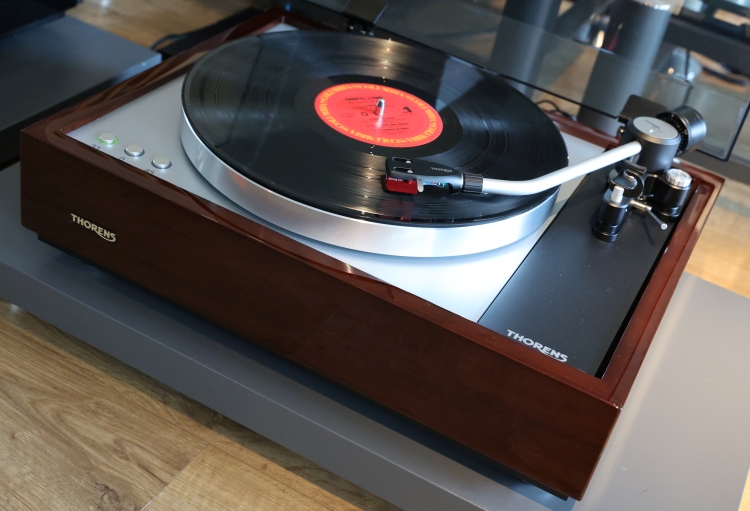
TAS 1500
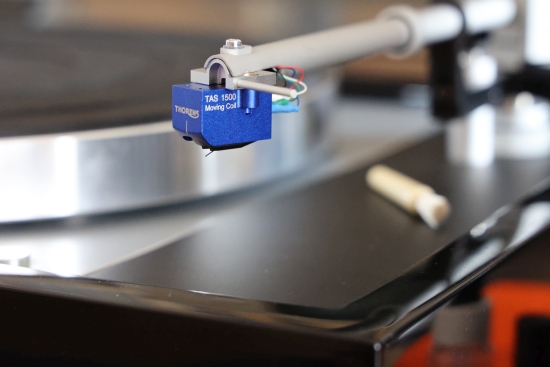
This was the cue for the TAS 1500 cartridge. With its MicroRidge stylus, it should be a closer match to my usual OC9 XML cartridge. In fact, it may be closely related, but that’s something I will dive into in a separate article. Curious to find if the TAS 1500 would make a more synergistic match with my own turntable than the TAS 1600, I first mounted it in the TP 92 arm. Sure enough, there it was again, the sound that I was so familiar with. Even with zero hours of use, it presented a fine balance between precision and musicality, sounding toe-tappingly rhythmic, dynamically expressive, and effortlessly lyrical. Still, soon after my initial positive response, I could not help but still feel let down. Sure, it sounded great in and of itself, but in so many ways, it was just not up to the level of the TAS 1600 in the TP 160 arm. In spite of its expression and enthusiasm, I was really missing the continuousness, refinement, and flow. To my utter astonishment, I had to admit that my trusty TP 92 arm with a theoretically more precise stylus simply did not achieve the same level of precision and resolution as the TD 160 with a relatively less exotic stylus shape.
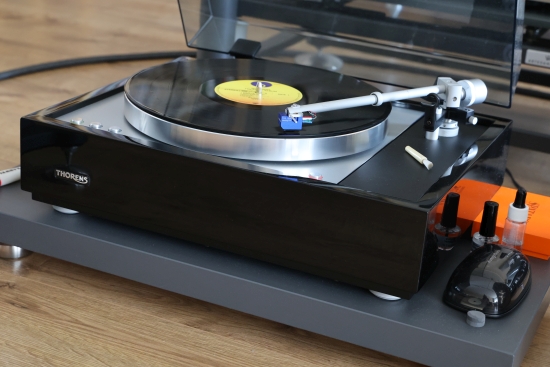
In all of my experience so far, a MicroRidge stylus trumps a Fine Line when it concerns articulation, incisiveness, and overall precision. But not this time, which leads to the inevitable conclusion that the TP 160 tonearm has a huge say in the matter. It simply outperformed the other player in very nearly all respects. Actually, make that ALL respects. The only area in which the TP 92 can be said to have redeeming qualities is in terms of earthiness and midbass punch. It just has a remarkably ballsy sound, but I hesitate to call this a technical advantage. Much rather, I feel it is a deviation from neutrality, but nevertheless, something that could work in its favor in a system that needs an extra dose of power in the nether regions.
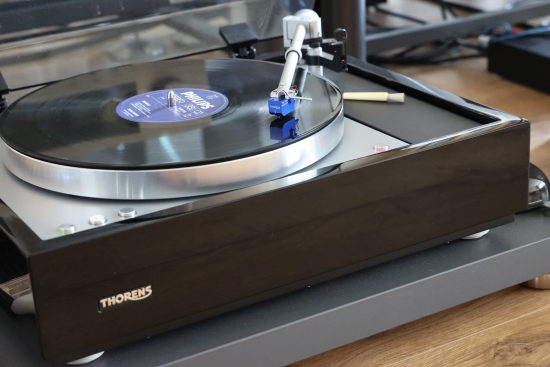
With my own TP 92-equipped turntable, I’m normally hesitant to make any further changes when such a stellar result is achieved. But now that Thorens has embraced the SME connection standard, testing another cartridge was as simple as mounting it to a second headshell and swapping them out. Precisely for this purpose, I had requested a second Thorens headshell. As you might have guessed, the next candidate for the TP 160 arm was the TAS 1500 cartridge. Given that the TAS 1600 and TAS 1500 have the same dimensions and relevant specifications, the swap was as easy as can be.
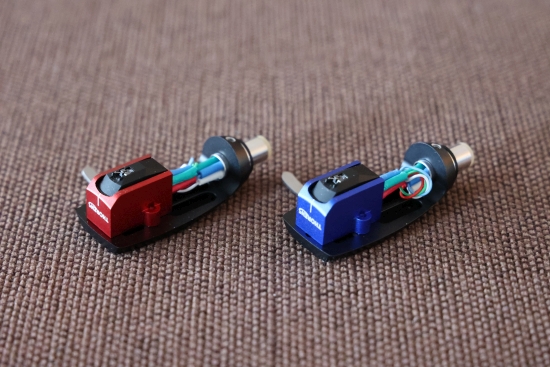
Although the TAS 1500 had sounded great with the TP 92 arm even when it was still brand-new, I decided to also grant it more play time before making furher evaluations with the TP 160 arm. At this point in the review, it had played 15 LP sides. But honestly, I can’t be sure this made a lot of difference. Going from earlier experience with my OC9 cartridge, I suspect it won’t change substantially but will need many more hours to become just a little more fluid and refined. Nevertheless, when mounted in the TP 160 arm, the TAS 1500 also sounds very impressive!
As I am normally accustomed to from other MicroRidge Stylii compared to less exotic stylus shapes, the TAS 1500 does indeed sound crisper and more incisive in the bass than the TP 1600. The TAS 1500 portrays textures rather explicitly, and it has a certain “raw” directness in the midrange that can be quite exciting, combined with a relatively more “wooden” timbre, which can lend extra credibility to acoustical instruments and percussion.
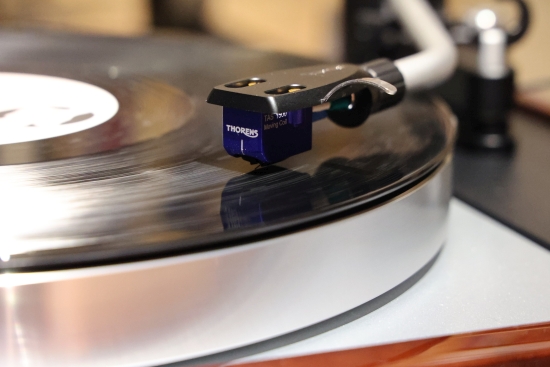
However, with the TP 160 arm, the TAS 1500’s emphasis on precision is a bit of a two-edged sword. This is the thing with iron-fisted and very articulate bass. This level of precision extends to the rest of the frequency range, where it can lead to dry or “square-ish” treble, which does not usually coincide with what we desire from our analog records.
Indeed, swapping back to the TAS 1600, the cartridge definitely has more bloom in the midrange and an overall lusher and more liquid character. After giving it plenty of use, it has gained a similar dynamic impact as the TAS 1500, just in a slightly rounder and more velvety manner. Some might refer to the TAS 1500 as more stereotypically “digital” and to the TAS 1600 as more stereotypically “analog”. Such a comparison is admittedly just as meaningless as the term “musical”, but I think it does illustrate what I heard quite nicely. Of course, there is no such thing as a “typical” analog. But what I am alluding to is that the TAS 1500 is very precise but can sound a little dry and is not particularly colorful in the midrange, whereas the TAS 1600 is technically less precise but smoother and harmonically more pleasing.
Ultimately, these are also matters of taste, maybe even more than synergy, as both cartridges work superbly well with the TP 160 arm. Detail fanatics will be very pleased with the cleanness and analytical precision of the TAS 1500. If you want to hear absolutely everything on the record, the TAS 1500 will deliver, but for many people, I suspect such a dry and analytical approach may be a little too much. For those who seek harmonic richness and liquidity, still balanced with excellent precision, the TAS 1600 will be the ideal choice.
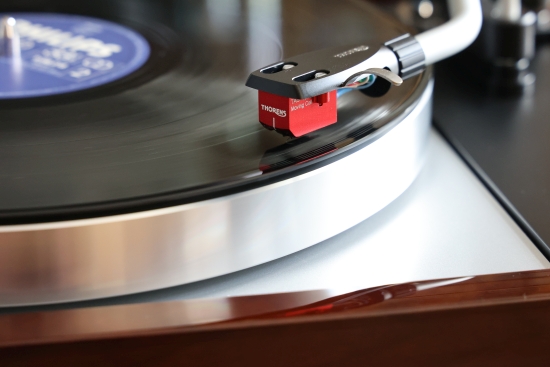
Even though I am admittedly a detail fanatic myself, I feel that the TAS 1600 provides a more ideal balance of virtues, provided it is allowed plenty of running in. Although we can initially be wowed by certain sonic properties, such as amazing crispness in the bass, to name a personal fetish, we soon get used to this and start noticing how the sound is less accomplished in other aspects. Conversely, if the sound is presented uniformly very well across all parameters, only perhaps not as amazing in that single aspect, this will still be much more satisfying. All these relative matters aside, the Thorens TD1600 with the new TAS 160 tonearm ultimately provides a superbly neutral platform for either cartridge to shine.
But what if we want to fit an entirely different cartridge?
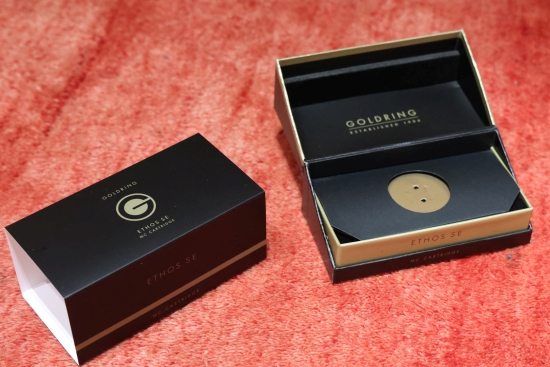
Goldring Ethos and Ethos SE
As I was writing this review, my friend JW had ordered a new cartridge that arrived just in time to test with the TP 160 arm. Like me, JW also has a TD 1601 turntable with TP 92 arm, and he wondered how the new arm would perform with this cartridge. For the past 3-4 years, he has used the Goldring Ethos in his TD 1601 turntable with TP 92 arm. I’ve never compared this cartridge directly to my ZYX Bloom 3 or any of the Audio Technica cartridges, but from my many visits, I’ve formed a pretty good idea of how the Ethos behaves in his system.
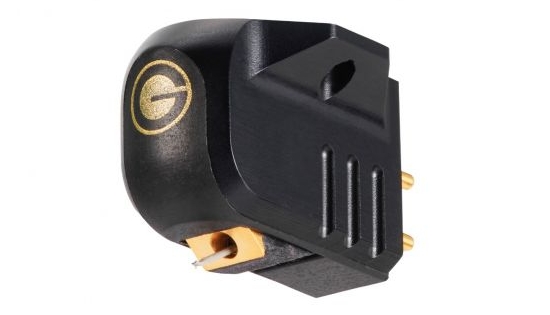
Like the Thorens TAS 1600, it has a Fine Line stylus, to which Goldring refers as “Vital Line-Contact”, with an aluminum stylus. My earlier cartridges, as well as both Thorens cartridges, have a Boron stylus. Although all brands have their signature house sound, there is a risk in attributing sonic clues to any single design aspect of a cartridge. Nevertheless, the idea formed in my head that the stylus material also provides a certain sonic characteristic. For what it’s worth, in my experience, the ZYX, Audio Technica, and Thorens cartridges (all Boron) sound tight, articulate, direct, and expressive. Conversely, the Goldring Ethos (Aluminum) sounds more voluptuous, smoother, and darker. And this brings us to the newly arrived Ethos SE.
The brand-new Goldring Ethos SE was mounted in the Thorens headshell in place of the TAS 1500 so that we could easily swap between it and the TAS 1600. Although the cartridge has had zero hours of use, it performed rather well from the start, dynamically a little restrained at first, but we could hear it improve with every hour that it played. As we played record after record, JW was in awe at the level of detail and transparency that the new arm provided. Sure, this cartridge was improved from its earlier incarnation, but we were most definitely also hearing the positive effect of the TAS 160 tonearm.
We both felt that the new Ethos SE sounded more open and airy than its predecessor. It is probably a bit leaner while retaining a harmonically rich midrange and an overall smooth and organic nature. Potential improvements with further running notwithstanding, the Ethos SE has a similar bass behavior as the TAS 1600 but deviates in the midrange and its overall character. The TAS 1600 is spicier, more incisive, and direct, while the Goldring Ethos SE is richer in tonality, more continuous, and more relaxed. The Goldring does not sound more transparent and unveils no more information than the TAS 1600, but it does bring more nuance and delicacy and produces even longer-lingering sustain and gentler decay. The Ethos SE is priced quite a bit higher than the TAS 1600, but for those who desire the ultimate in liquidity and organic goodness, it’s well worth considering.
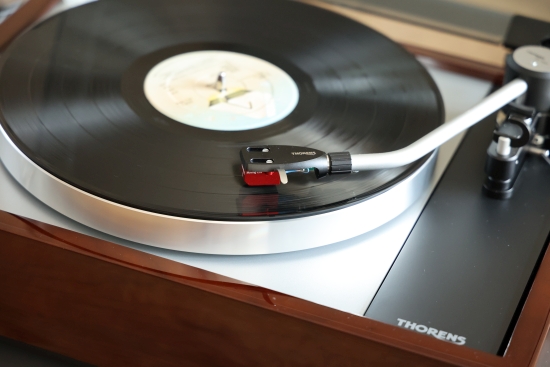
Phono Stages
As I found, the Thorens TD1600/TP160 had great synergy with all three of the three phono stages that I used for this review. These are all very good phono stages, and I would say the differences are exclusively in the realm of personal taste. The Lejonklou Entity provided the airiest and most fluid performance, whereas the Manunta EVO Phono 3 and M2Tech Nash painted a spicier, more robust, and more explicit picture. But all of them made my foot tap, and the lyrical and emotional aspects of the music were never in question. The presentation was similar between the Manunta and the M2Tech, although the M2Tech did have the edge in bass robustness, body, and slam. A separate review of the Manunta and M2Tech products will follow.
Conclusion
A good measure of a review product’s success is how eager I am to return to my own product. In this case, the TD 1600/TP 160/TAS 1600 cast its spell on me early on and consistently pulled me in closer and closer with every record I played. Every day, I grew more in love with the new player. Even more so than the TP 92-equipped player before it, the TD 1600 with TAS 160 provides a superbly well-balanced performance that, literally, ticks all the boxes.
One might prefer a certain sonic character that emphasizes one aspect over another. But in all honesty, I can’t think of any area where this player drops the ball. Its performance is, quite simply, superb across the board. If that sounds like hyperbole, please know that I reached this conclusion after owning and reviewing more than a few turntable and arm combos costing many multiples of the Thorens’ relatively modest price. Ultimately, none of the higher-end players stuck for one reason or another, but I’ve never wanted to part with the Thorens. Now, the new TP 160 tonearm rewrites the story, and the new player makes me feel exactly the same way as the TP 92-equipped player did before it, again making me want not to give it back.
An important aspect of Thorens turntables is that they are designed as a complete concept. Those who wish to experiment with other cartridges are fully supported, but the point is that you don’t have to!
I cannot overstate what a superbly well-rounded design this is. Indeed, I’m afraid I must order one for myself!
Update 27-06-2024: The TD 1601 with TP 160 arm is now part of the HFA system, making it not only Highly Recommended but also an HFA Favorite!

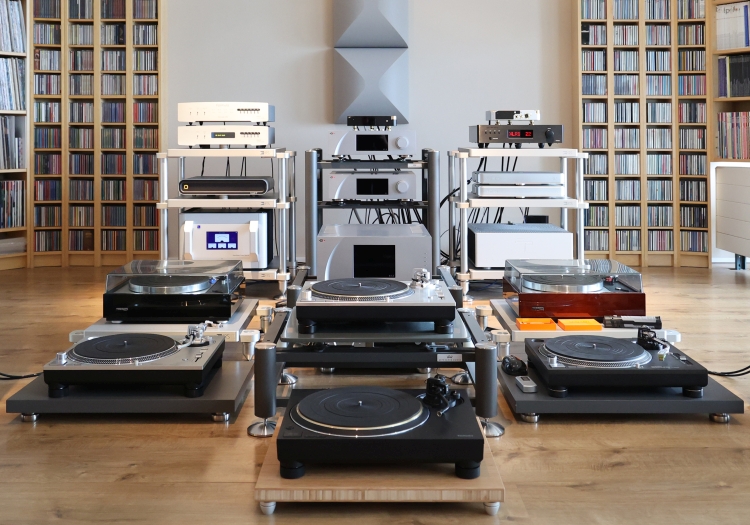
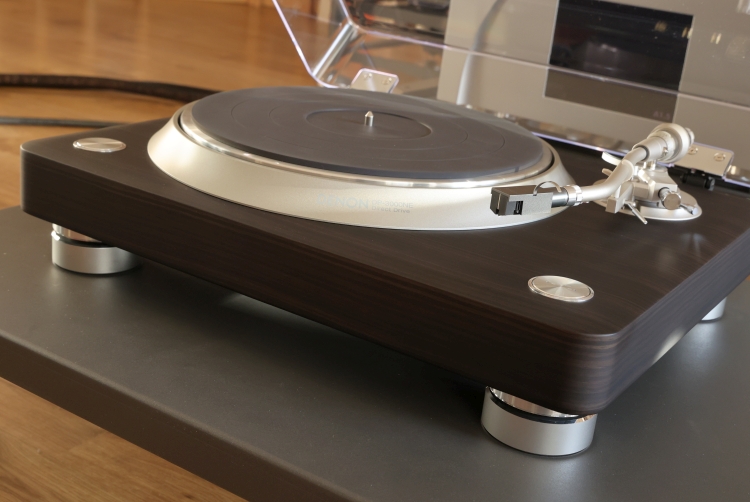
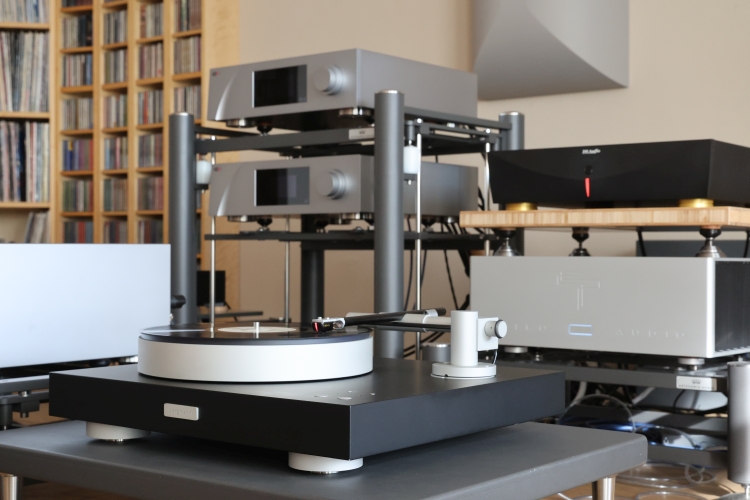
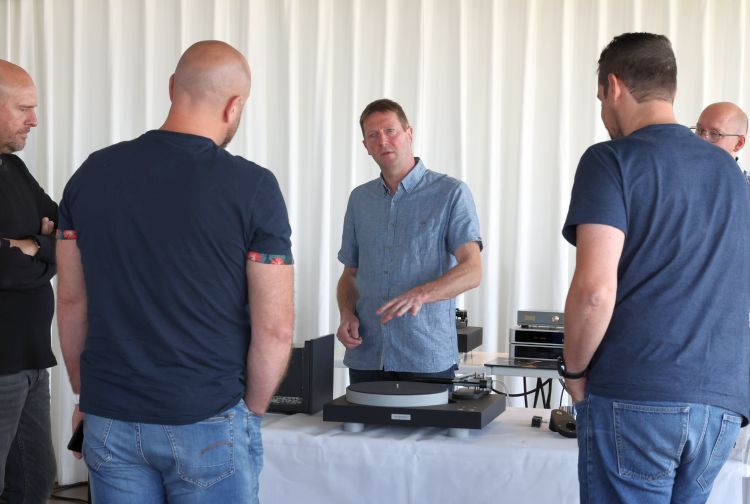
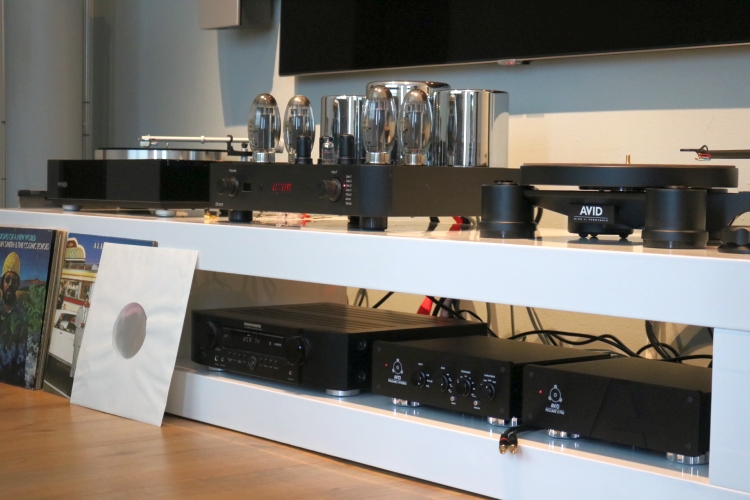
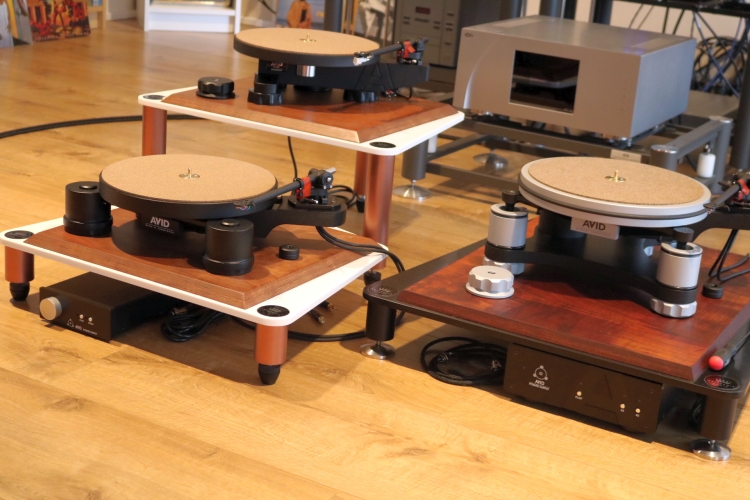
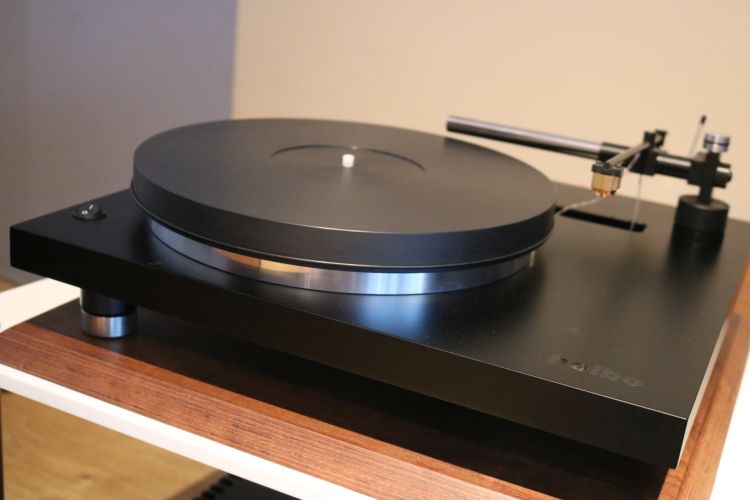
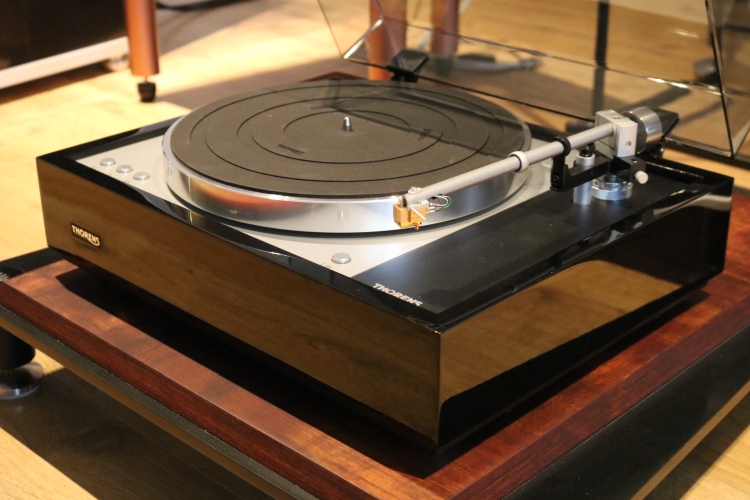
Yet another superb review, thanks. For whatever it is worth, I found a discrepancy between the general info and the manual regarding the TP 160 effective mass. I emailed Thorens and Mr. Gunter Künter himself answered: it is 16 grams.
Thanks, Vladimir. I have now amended the Effective Mass value in the review from 15 grams to 16 grams.
Hello Christiaan
I’ve just bought a new TD 1600 with 92 tonearm. After properly set up to my surprise the suspended chassis is wobbling side to side like 1,2 mm while playing. And when actually starts it is like a little earth quake shaking (if I may say that). Then it is slowly attenuating, but when playing is not steady still.
I haven’t contacted the dealer yet, since I’m not sure if this is a normal behavior or not.
Kindly please advise
John
The wobble when starting the platter is normal, some players (sometimes the belts) have it more than others. I wouldn’t worry about it. When on speed and rotating, the platter should be perfectly still. The subchassis can move freely to one side, but should be restrained to the opposing side. If there is play to both sides, the internal string should be tightened.